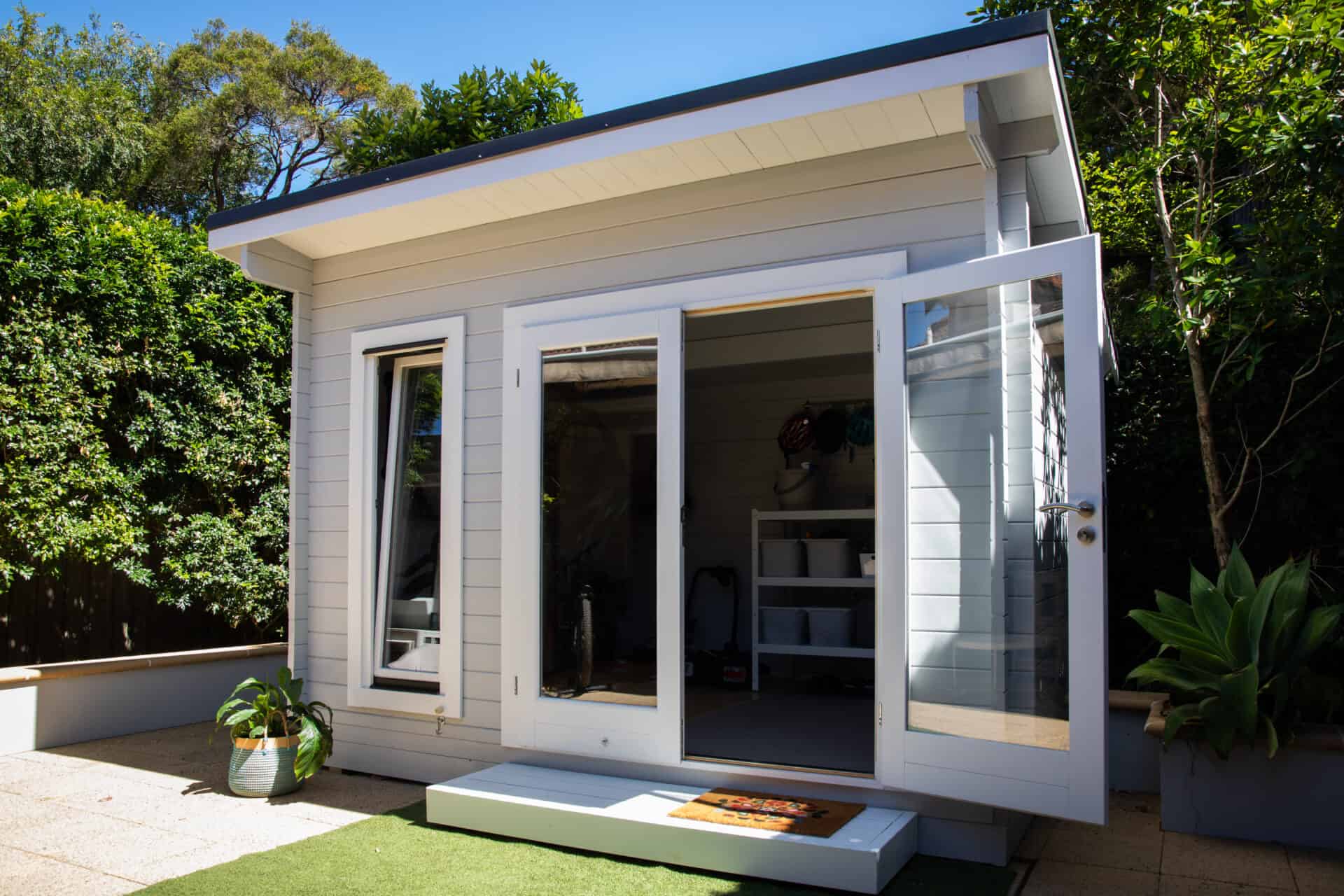The NSW government is taking a big step towards sustainability by introducing Mandatory Embodied Emissions Reporting. This requirement applies to residential and non-residential developments and is a big change in the construction industry. Quantity surveyors now have to consider the carbon emissions from building materials.
What are Embodied Emissions?
Embodied emissions, or embodied carbon, are the carbon dioxide released when making, moving, and building with materials, until the building is ready. This includes emissions from using energy to get raw materials and make things.
Why Has it Become Important to Calculate Embodied Emissions?
As the world grapples with the grave issue of climate change, the calculation of embodied emissions has become a pressing matter. The built environment contributes significantly to global glasshouse gas emissions—nearly 40%, according to the United Nations Environment Programme.
The New Era of Sustainable Development: Mandatory Embodied Emissions Reporting
Starting on October 1, 2023, new buildings in NSW must report their embodied emissions. To do this, you must give information about the materials used and their emissions during development.
The NSW Government now requires reporting on embodied emissions in construction. This will change how developers, designers, and builders approach their projects, prioritising sustainability.
This rule makes the construction industry more sustainable by using eco-friendly materials and reducing waste. It’s designed to inspire new ways to use and create technology friendlier to the environment during construction.
The emissions reporting requirement will encourage sustainable design and increase accountability in construction. All stakeholders will need to be mindful of their environmental impact.
Finally, the government labels the move as a way to improve transparency for prospective buyers and tenants. In essence, it helps tenants and buyers make informed choices about a building’s emissions.
Quantity Surveyors & Embodied Emissions Reporting
Quantity surveyors are experts in construction finances and contracts, overseeing costs and agreements from start to finish. In their role, they plan costs, evaluate value, study feasibility, analyse cost-benefit, consider lifecycle costs, and perform valuations.
Now quantity surveyors now have an extra responsibility because they must report embodied emissions. To align with the NSW Government’s sustainability goals, they will now estimate the carbon emissions from development materials.
Reporting Methods for Residential Buildings
As quantity surveyors, we will use the BASIX Materials Index for residential buildings. This tool requires information about the size of the development and the materials used in parts like floors and walls. The BASIX certificate will list the materials and their emissions. It will be checked during development.
Reporting Methods for Non-Residential Buildings
Non-residential buildings will use the NABERS Embodied Emissions Tool, available from mid-2024. Until then, we will use a temporary form. This tool automates converting quantities into emissions, making reporting simpler.
Key Takeaways
- The NSW Government now requires reporting embodied emissions.
- The NSW Government is making embodied emissions reporting standards in construction. This drives the industry to be more transparent, accountable, and environmentally responsible.
- This action impacts the climate and brings innovation and growth to construction.
- Developers and stakeholders in construction hire a quantity surveyor to calculate carbon emissions for the report.
If you want to learn more about this new reporting requirement, contact our construction estimators today.
FAQs
What Does a Quantity Surveyor Do?
A quantity surveyor manages the costs of building projects, from start to finish. They aim to reduce project costs and increase value while meeting legal and quality standards.
What is the BASIX Materials Index?
The BASIX Materials Index is part of the Building Sustainability Index (BASIX). The tool calculates and shows the pollution from building materials in new houses in NSW.
How Does the NABERS Embodied Emissions Tool Work?
The NABERS Embodied Emissions Tool will be ready in mid-2024 for non-residential buildings. The tool converts the amounts of construction materials used in a project into emissions factors. This simplifies reporting and ensures consistency and accuracy.
When Does the Reporting Requirement Become Mandatory?
Starting October 1, 2023, new residential and non-residential developments in NSW must report their embodied emissions. During development, developers must disclose the emissions of construction materials used in their projects.
What is the NSW Government Action on Climate Change?
The NSW Government is working to reduce greenhouse gases and promote sustainability in different sectors. This includes the built environment. To help achieve net zero emissions by 2050, policies like the Sustainable Buildings SEPP 2022 are in place. These policies manage embodied emissions in buildings.
What is the Scope of Embodied Emissions Reporting?
The scope encompasses comprehensive reporting, primarily for non-residential developments. It mandates that at least 80% of materials used in fundamental building components such as substructure, superstructure, envelope, permanent internal walls, doors, and certain external works be quantified.
To determine the costs for core building services and primary contract items, excluding labour, equipment, and extra expenses. A quantity surveyor usually prepares a detailed list of materials. This list is important and needs to be adjusted if there are changes in the materials used from the planning stage to the construction stage.
To report accurately and consistently, you need certain NABERS forms and tools. These include the Embodied Emissions Materials Form and the upcoming Embodied Emissions Tool.
Does the Policy Address Commercial and Operational Waste from Buildings?
No, the policy mainly targets emissions from making construction materials. The government considered waste provisions in earlier policy drafts but has removed them. Local governments usually take care of waste management, effectively dealing with each area’s unique needs and challenges.

Ready to get started?
Talk to one of our friendly property experts to get a free quote or more Information.








